Dip into Janu Tokyo hotel, Aman’s sociable new sibling brand
Step inside the Jean-Michel Gathy-designed Janu Tokyo and discover its state-of-the-art wellness facilities
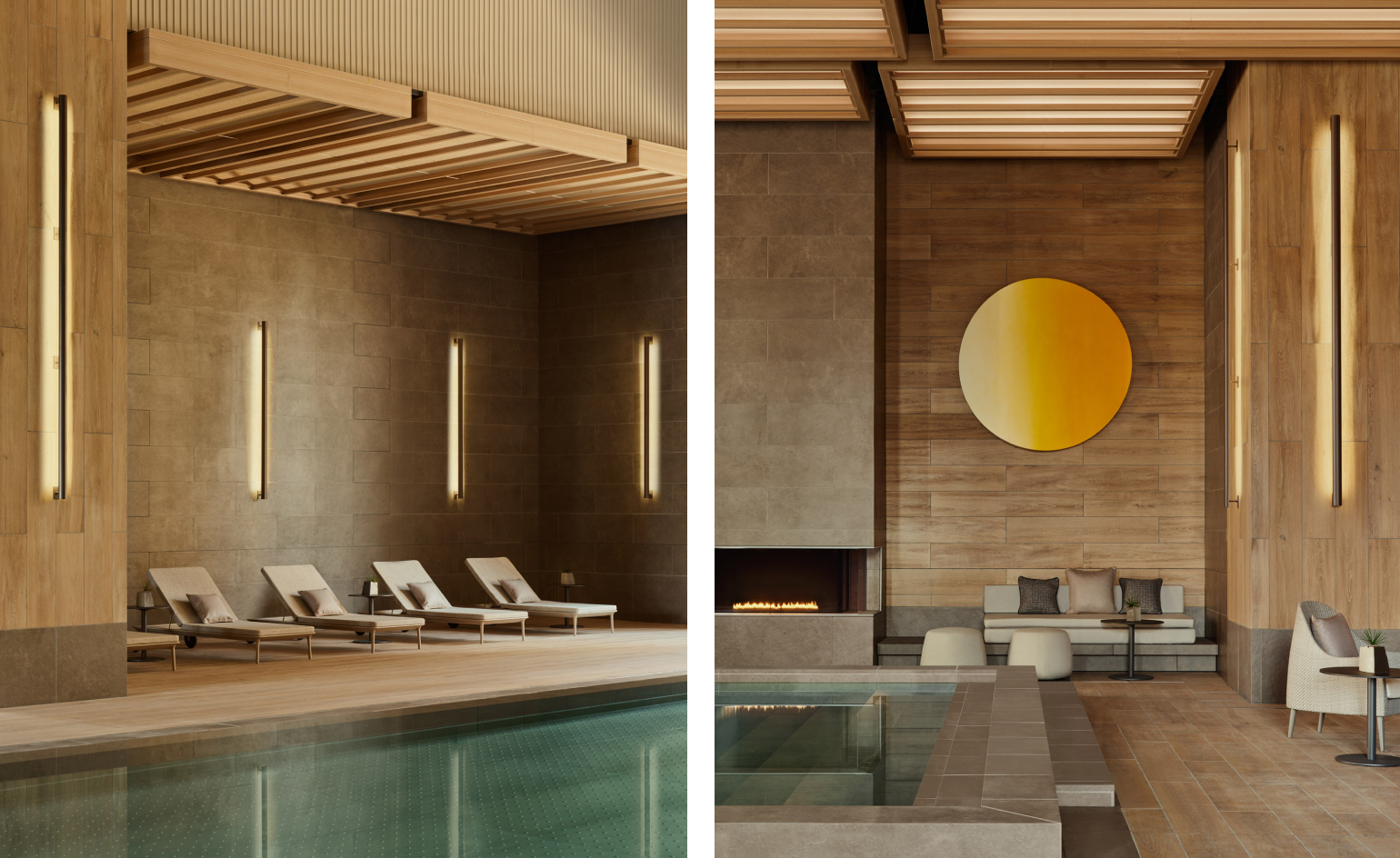
Ten years after the Aman Group’s first urban resort opened in Tokyo in 2014, the city has welcomed the inaugural hotel of the group’s new standalone brand Janu. ‘It has been a decade since we opened Aman Tokyo, so launching the first Janu hotel in the same city is a full circle moment,’ says Vladislav Doronin, the group’s chairman and CEO. He is a big fan of the city. ‘Tokyo holds a special place in my heart – its incredible cuisine, attentive service and culture make it one of the best cities in the world.’
With inbound visitor numbers back to pre-Covid levels and a loyal local Aman following, it makes sense that the group has chosen to unveil a new direction in Japan’s capital. But how are the two hotels different? ‘Aman means ‘peace’ in Sanskrit, while Janu means ‘soul’. If Aman is a sanctuary, then Janu is about connection,’ says Doronin.
Janu Tokyo, the city's newest luxury hotel, opens its doors
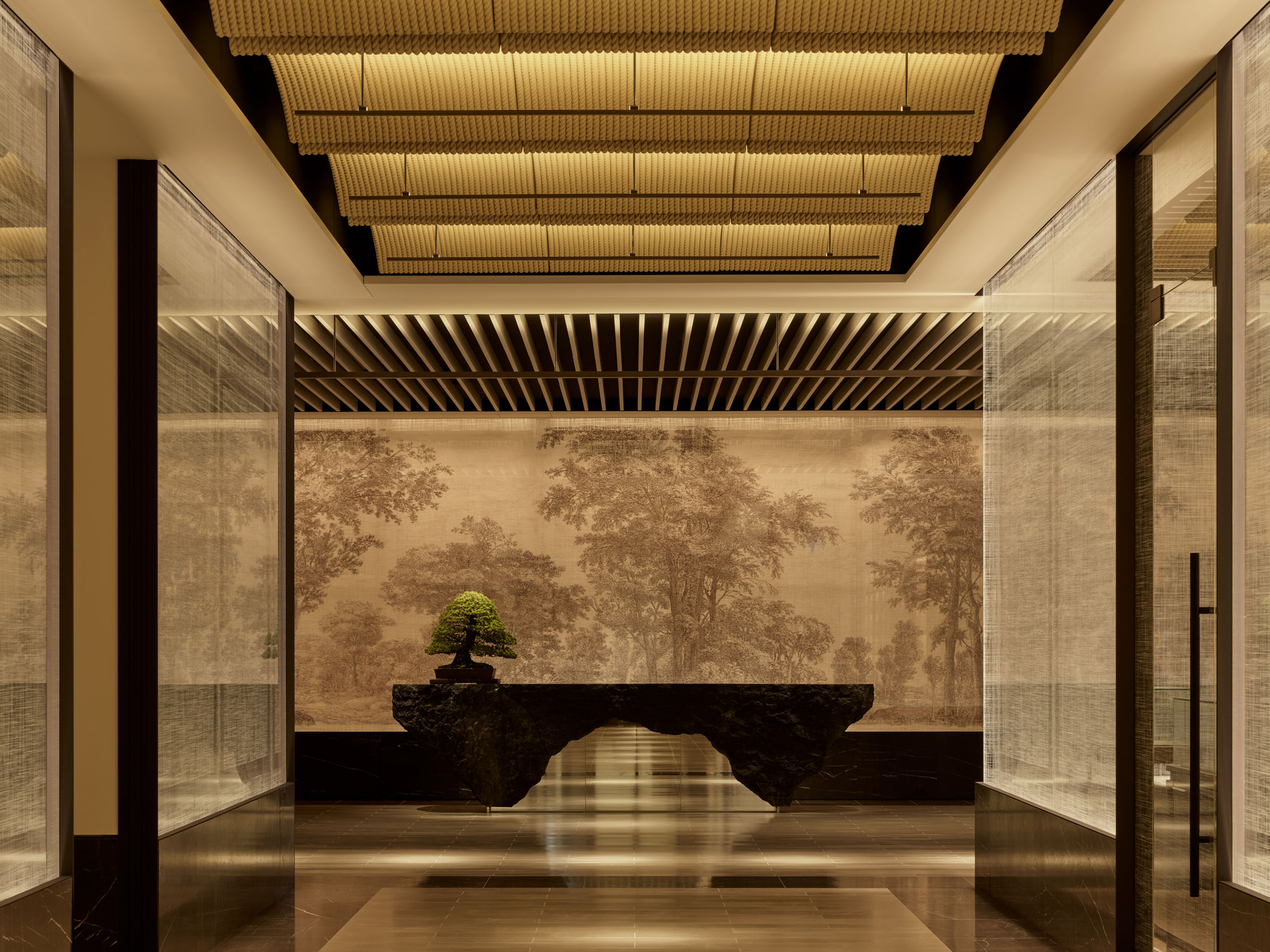
And, indeed, while Aman properties are generally designed to keep interaction with other guests to a minimum, Janu, instead, appears to foster sociability, with its spacious, open dining options. Take, for instance, the 151-seater Janu Mercato, an all-day option featuring counters serving freshly made pasta, locally caught seafood, and European charcuterie and cheese, or the 132-seater Janu Grill. But there are also more intimate dining options, such as Sumi, a contemporary interpretation of a traditional sumibiyaki restaurant, or sushi restaurant Iigura, where there are only ten table seats and seven counter seats, one of which is partly hidden from other diners, allowing Doronin to dine unobserved when he’s in town.
The 4,000 sq m fitness and social wellness centre also invites interaction between guests. A 340 sq m gym includes Outrace and Skill X circuits, along with five smaller studios offering classes in spinning, boxing, golf, yoga and more – the idea being that individuals signing up will meet and mingle with other guests and form new connections. The large lounge pool, adjacent to the 25m heated lap pool, acts as a gathering point, or for a more intimate experience, there are two types of spa, banya and hammam, offering saunas and hot and cold plunge pools.
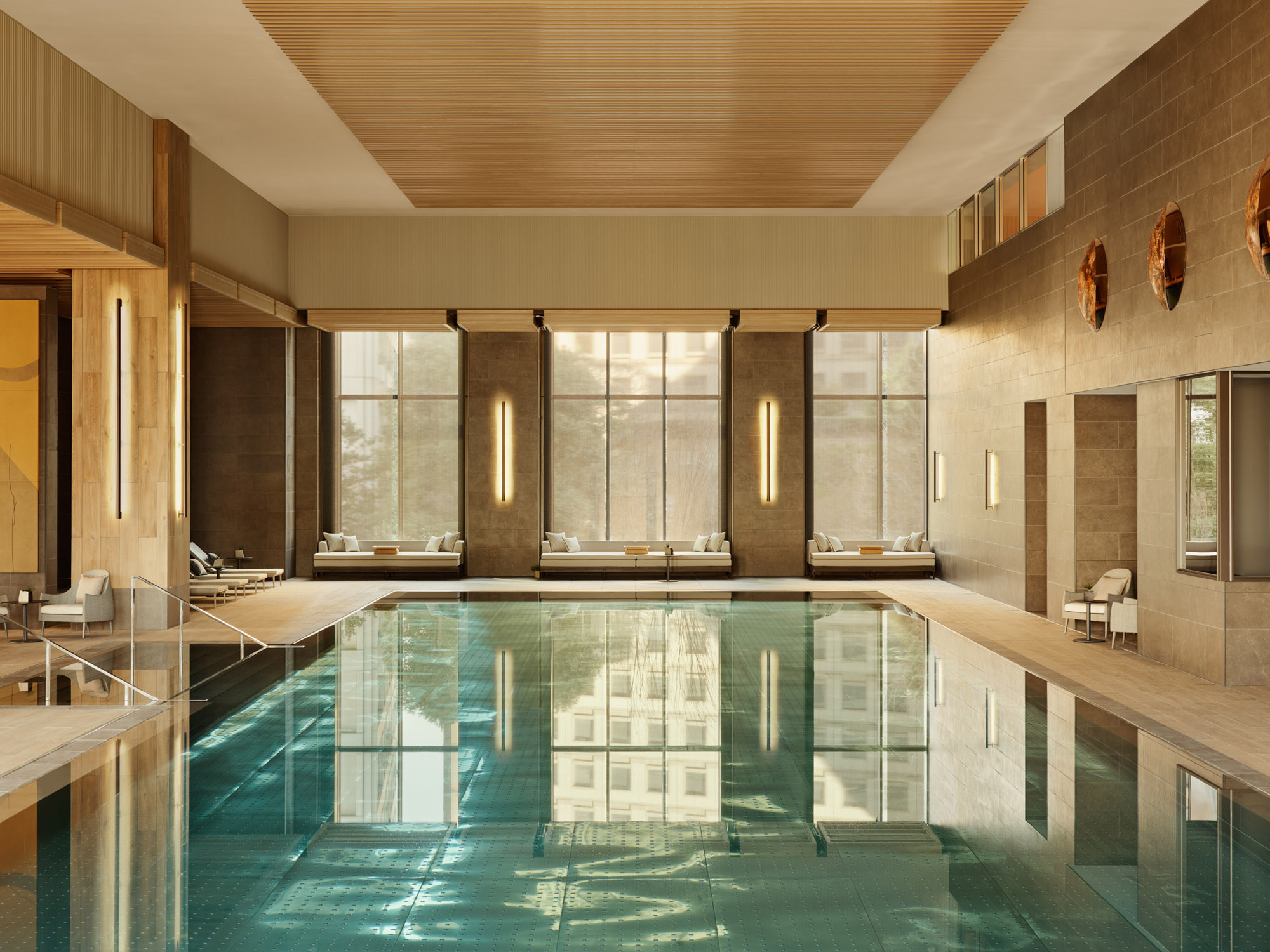
All the interiors – from the reception, restaurants and pools to the 122 guest rooms – have been designed by one of Aman’s long-time collaborators Jean-Michel Gathy. ‘It was important to me to work with Jean-Michel on this project, as I needed an architect who understands Aman’s DNA,’ says Doronin. Having designed an extensive range of hotels for Aman, including Aman New York and Aman Venice, Gathy’s fluency in the brand’s design language no doubt made him an easy choice for Doronin.
‘We have been involved in this project for five years,’ says Gathy. ‘The brief was to create a new product that combines the unique DNA of Aman with a touch of youthfulness, energy and vibrancy.’ There is a spaciousness to the design that feels very similar to Aman yet a bit more fun, as is evident in the oversized bracket lamps in the lobby or the vivid red (you won’t find red in any Aman retreat) lacquered ceiling in its Hu Jing restaurant. The eclectic artworks displayed throughout the premises (including several around the pools) also help to spice up the interiors.
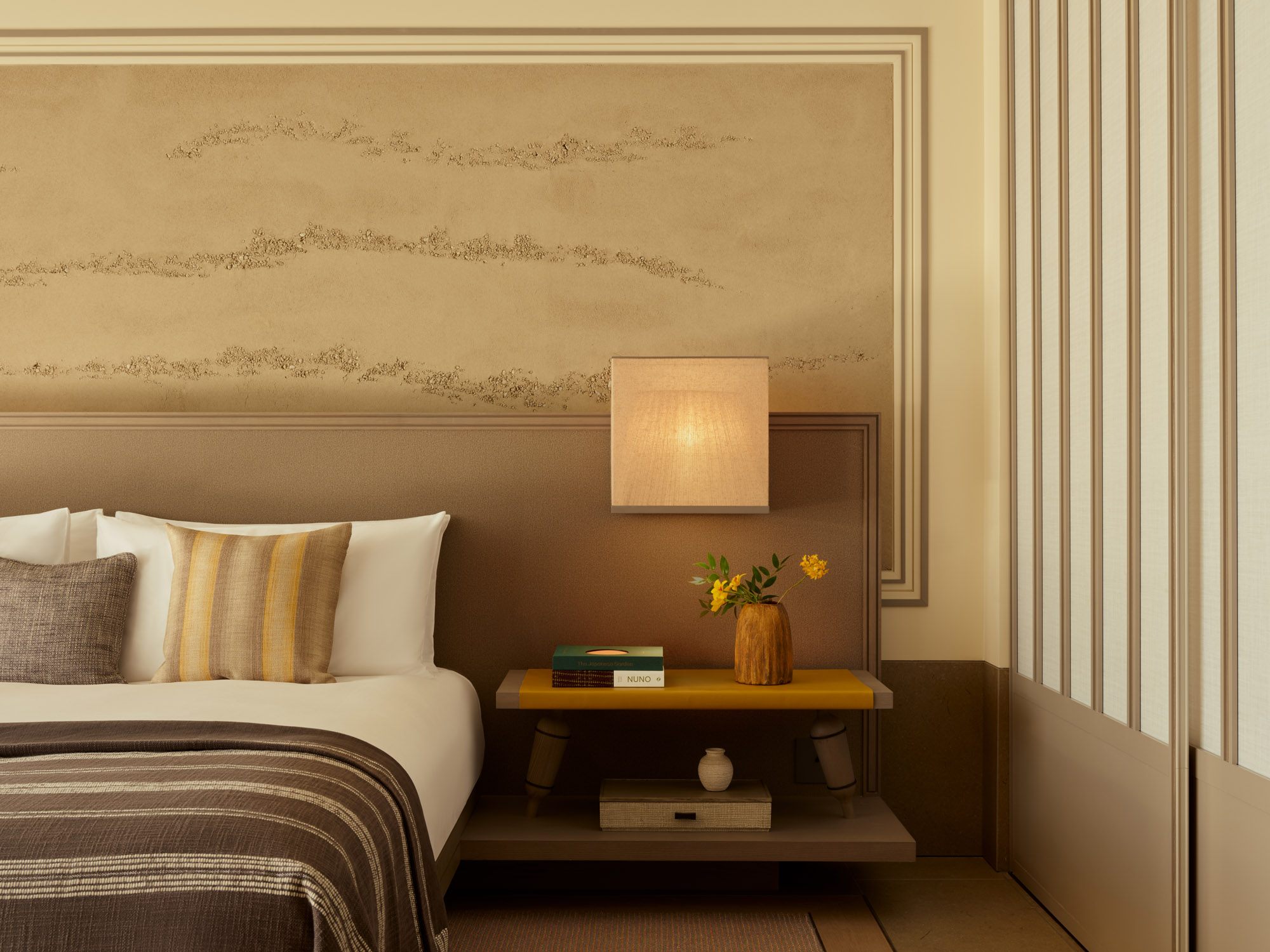
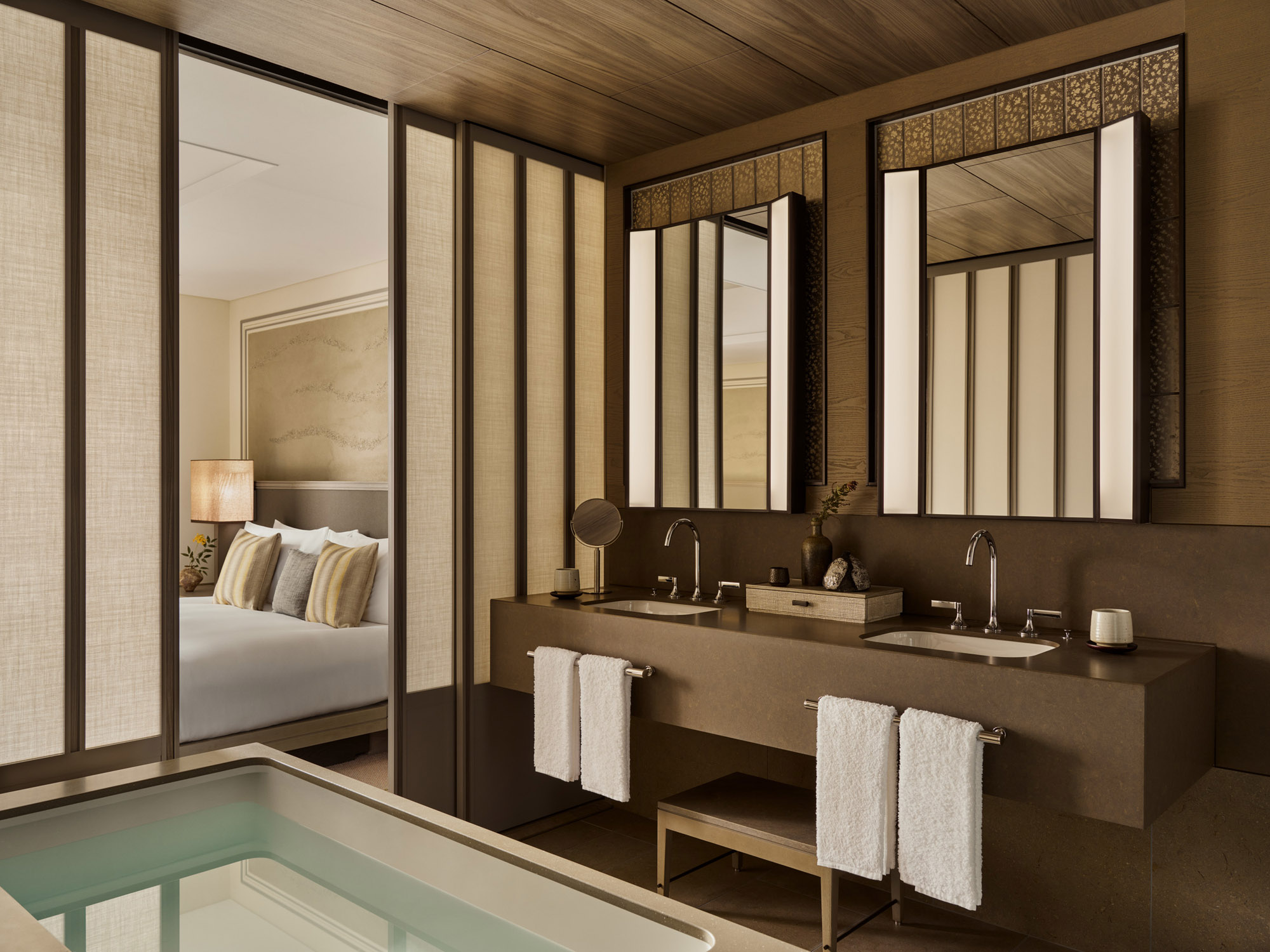
The guest rooms, however, do maintain that signature Aman calmness and serenity in their muted colour palette and understated references to Japanese design, with standout details coming in the form of the partly unfinished grey plaster walls and shoji screen-inspired room dividers. The rooms – which all come with floor-to-ceiling windows that flood them with natural light – are among the largest in Tokyo, with the smallest measuring a generous 55 sq m, while the capacious Janu Suite reaches a total size of 519 sq m.
Wallpaper* Newsletter
Receive our daily digest of inspiration, escapism and design stories from around the world direct to your inbox.
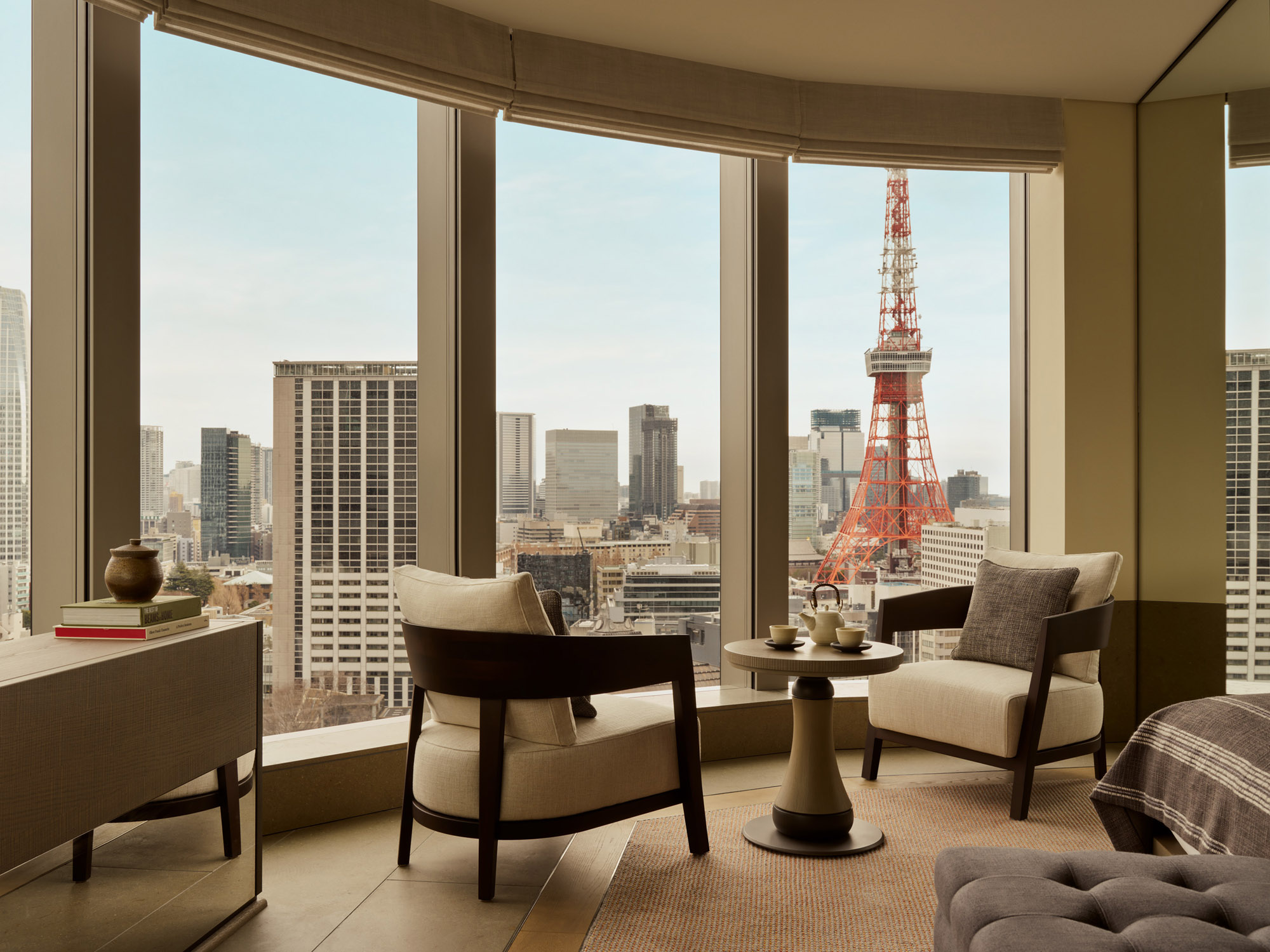
Janu Tokyo occupies the 13 lower floors of a high-rise block, designed by Pelli Clarke & Partners, in the new Azabudai Hills city-in-a-city development. The complex covers an area of more than eight hectares comprising offices, residences (including 91 Aman-branded flats at the top of the Mori JP Tower, also designed by Pelli Clarke & Partners and currently Japan’s highest building at 330m), the British School in Tokyo, galleries, and more than 150 retail and dining options. Janu is the only hotel in the development, making it the perfect location for visitors looking to explore this new must-visit Tokyo destination.
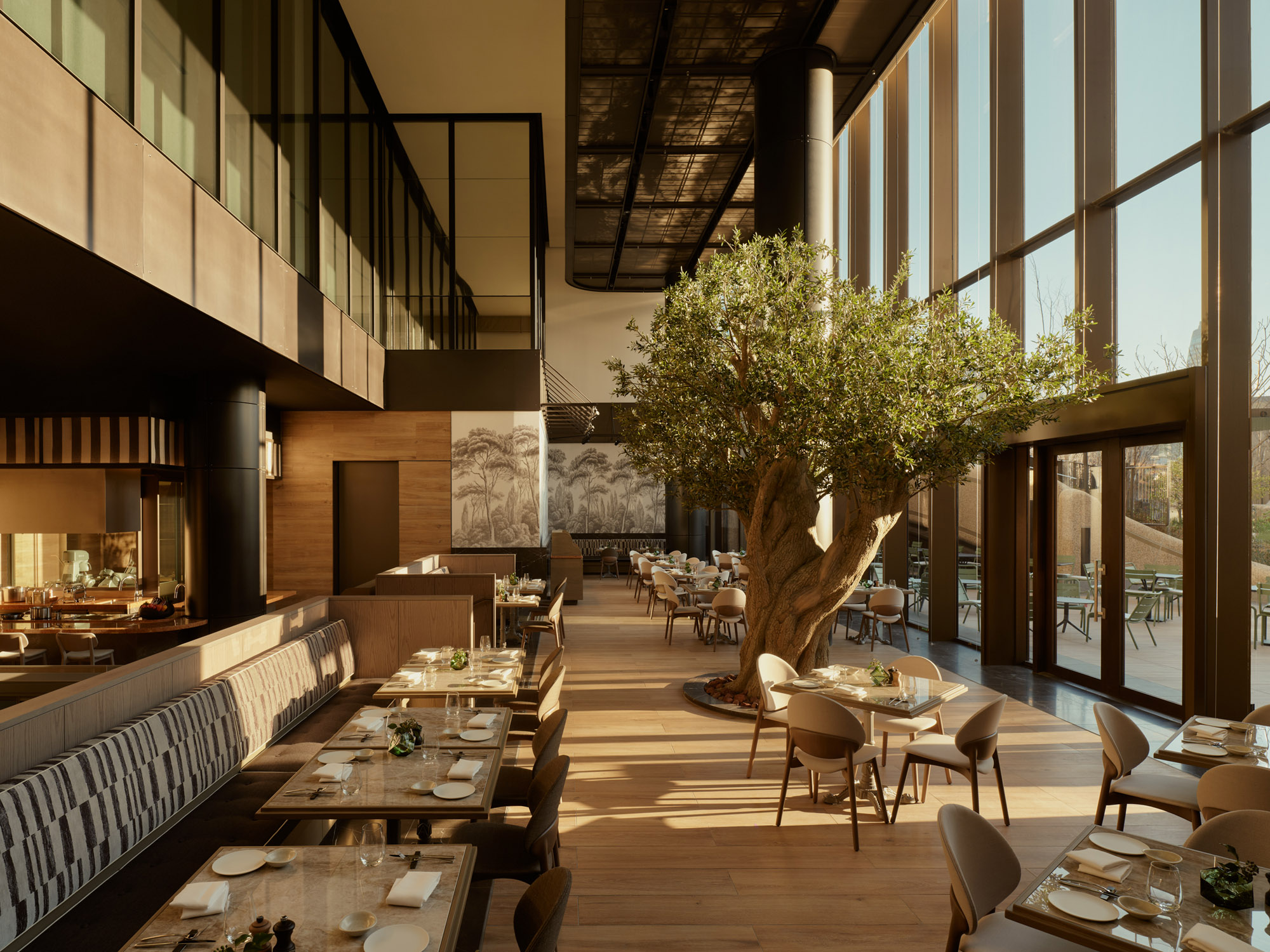
Janu Tokyo is located at 1 Chome-2-2 Azabudai, Tokyo
A version of this article appears in the May 2024 Milan Preview Issue of Wallpaper*, available in print, on the Wallpaper* app on Apple iOS, and to subscribers of Apple News +. Subscribe to Wallpaper* today.
Originally from Denmark, Jens H. Jensen has been calling Japan his home for almost two decades. Since 2014 he has worked with Wallpaper* as the Japan Editor. His main interests are architecture, crafts and design. Besides writing and editing, he consults numerous business in Japan and beyond and designs and build retail, residential and moving (read: vans) interiors.
-
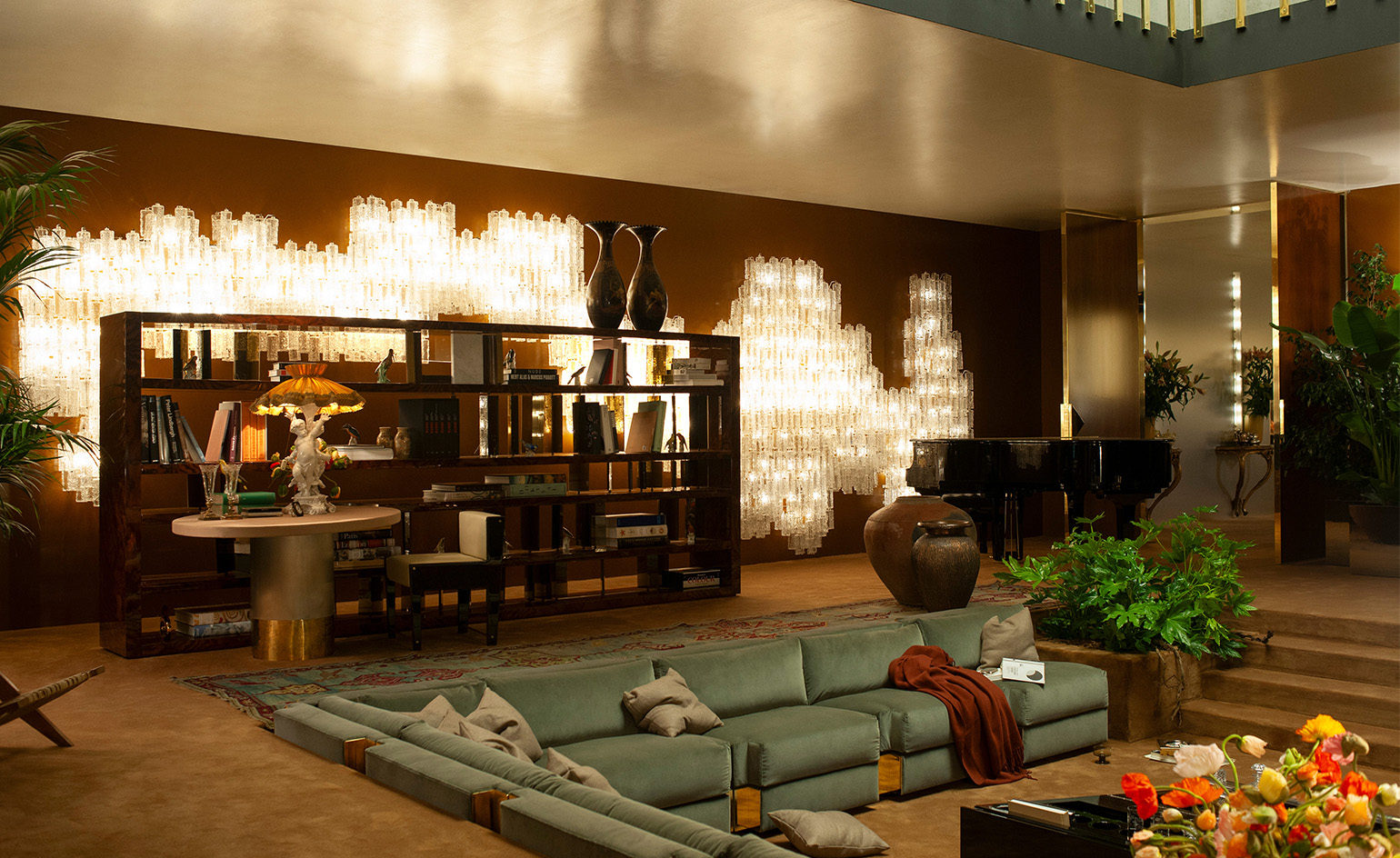 Dimoremilano and Loro Piana channel 1970s cinema in decadent Milan display
Dimoremilano and Loro Piana channel 1970s cinema in decadent Milan displayAt Milan Design Week 2025, Dimorestudio has directed and staged an immersive, film-inspired installation to present new furniture and decor for Loro Piana
By Dan Howarth Published
-
 The new Google Pixel 9a is a competent companion on the pathway to the world of AI
The new Google Pixel 9a is a competent companion on the pathway to the world of AIGoogle’s reputation for effective and efficient hardware is bolstered by the introduction of the new Pixel 9a, a mid-tier smartphone designed to endure
By Jonathan Bell Published
-
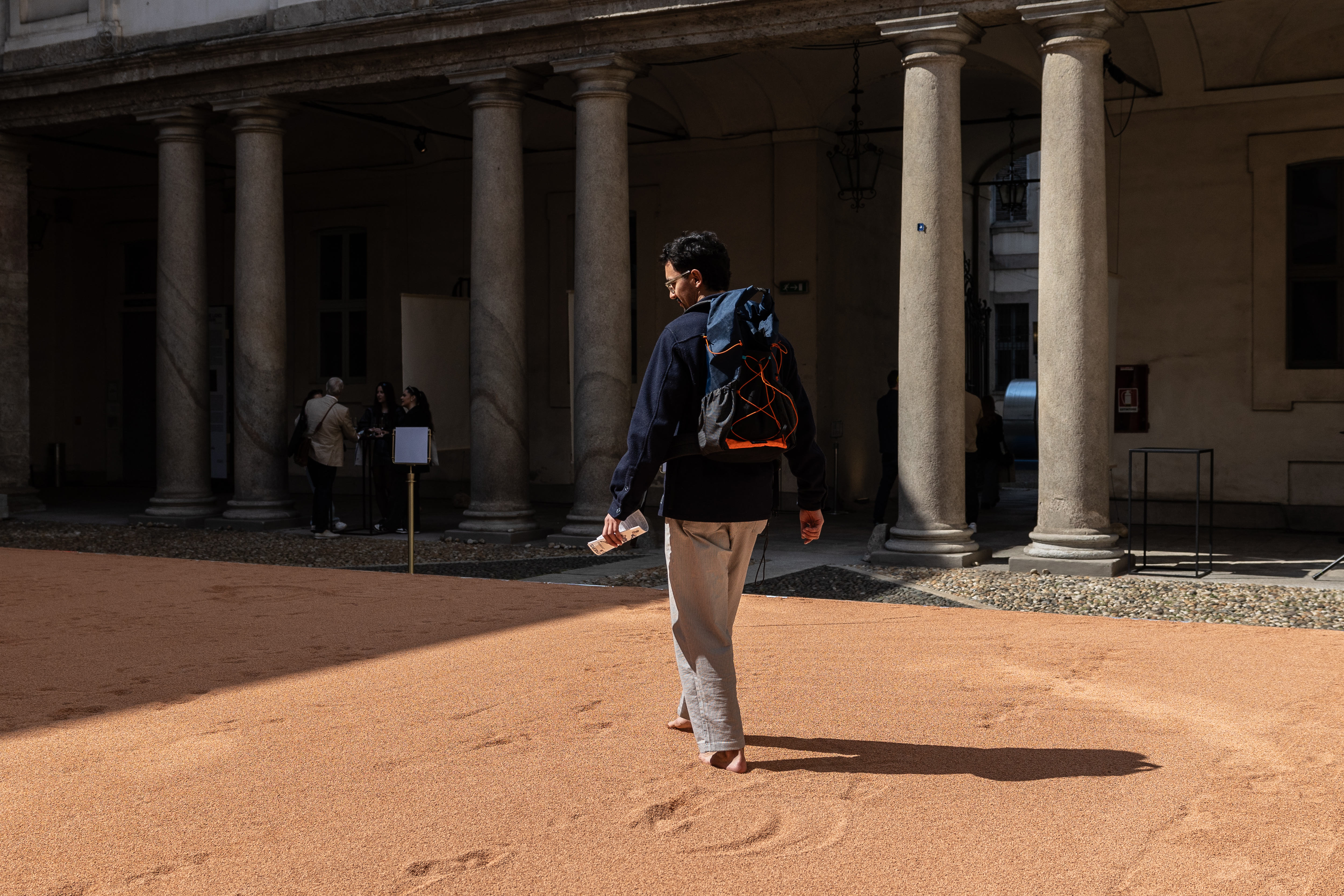 In Milan, MoscaPartners presents a poetic exploration of ‘migration’
In Milan, MoscaPartners presents a poetic exploration of ‘migration’Alongside immersive work by Byoung Cho, MoscaPartners’ Milan Design Week 2025 display features an accessible exhibition path designed for visually impaired visitors
By Cristina Kiran Piotti Published
-
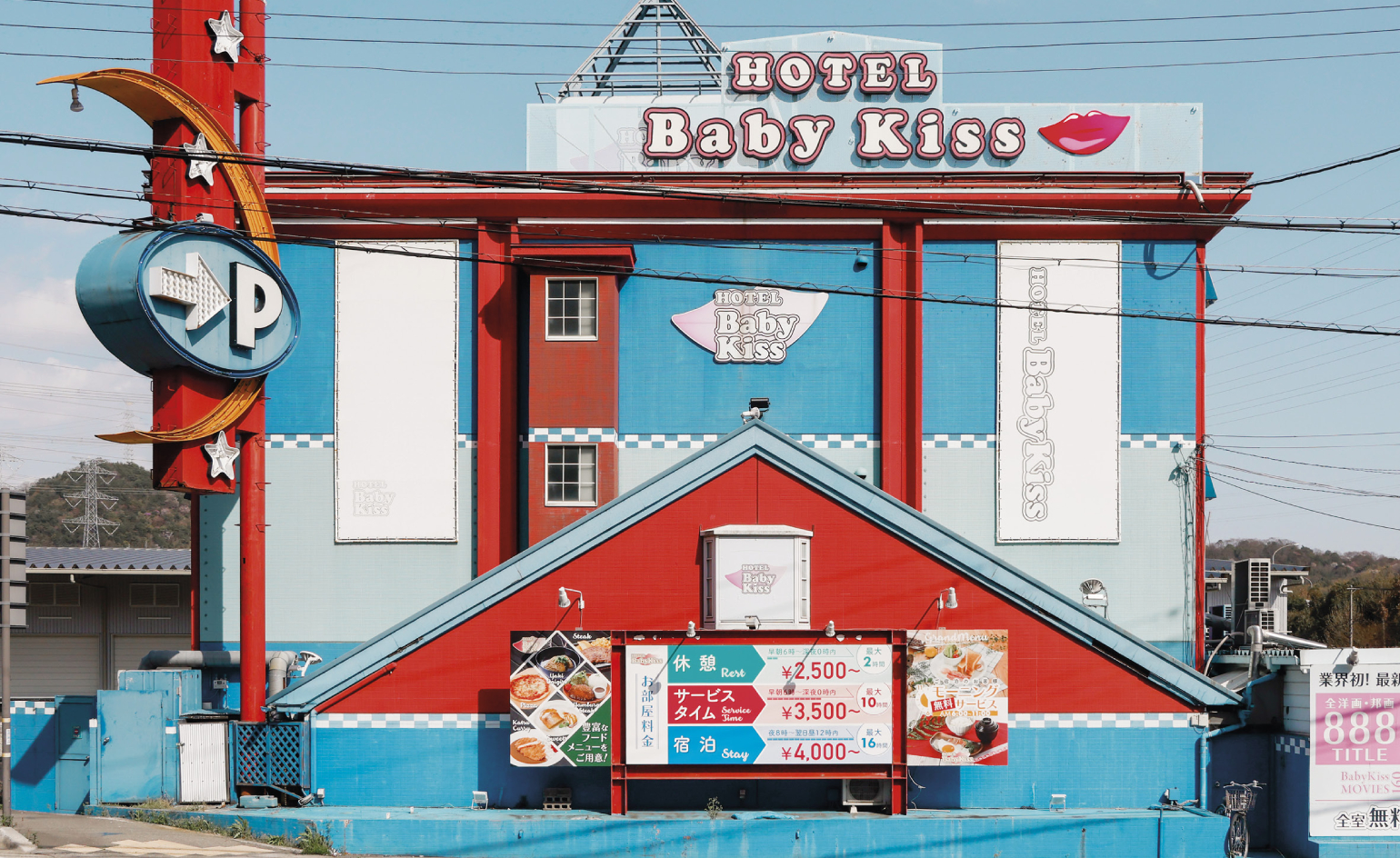 A new book captures the kitschy allure of Japanese ‘love hotels’
A new book captures the kitschy allure of Japanese ‘love hotels’For his latest project, French photographer François Prost documents the whimsical façades that characterise these erotic roadside venues.
By Sofia de la Cruz Published
-
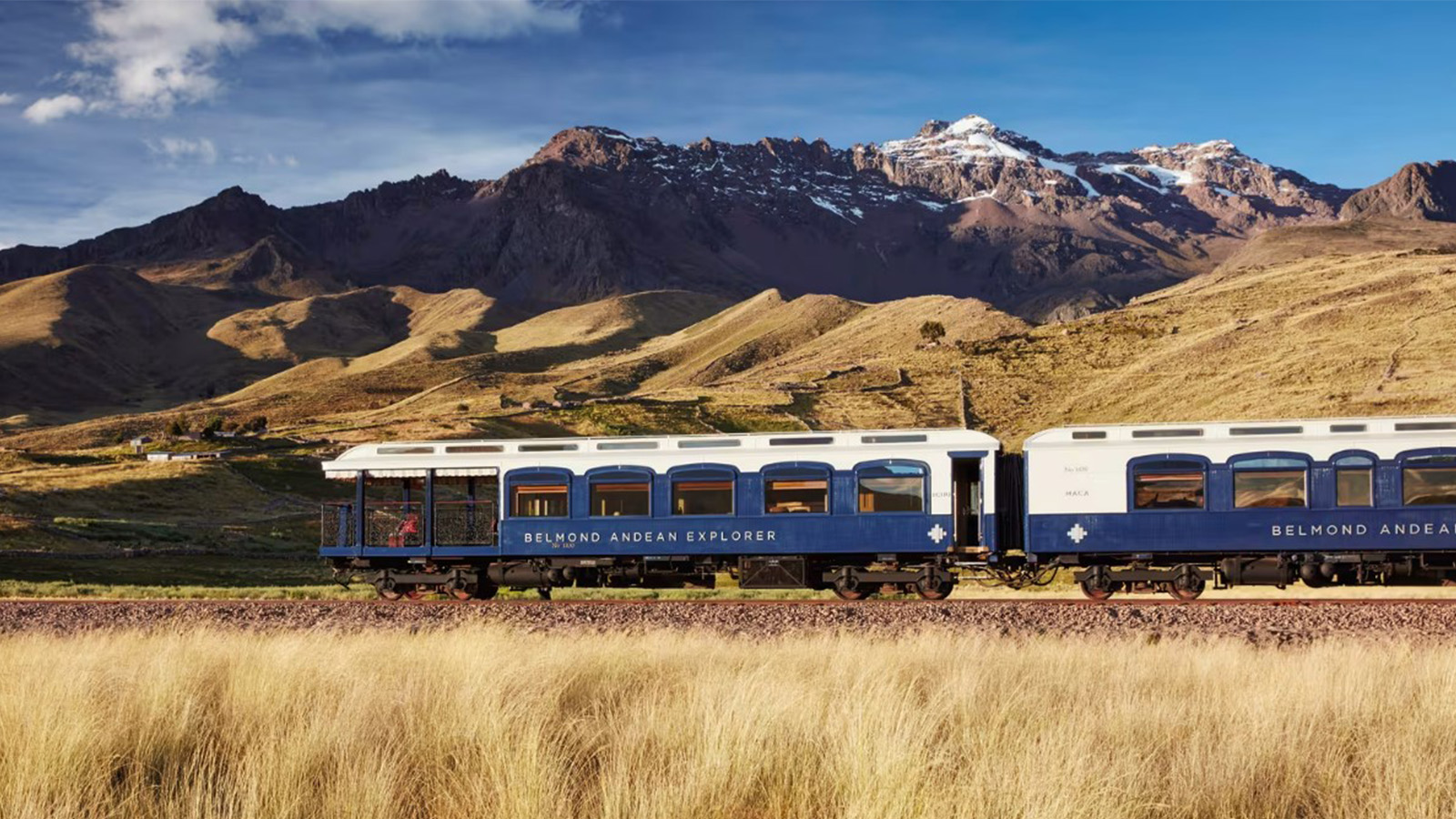 All aboard the world’s most luxurious train journeys
All aboard the world’s most luxurious train journeysStay on track with our pick of the most luxurious train journeys around the world, whether in 1920s-style opulence or contemporary chic
By Tianna Williams Published
-
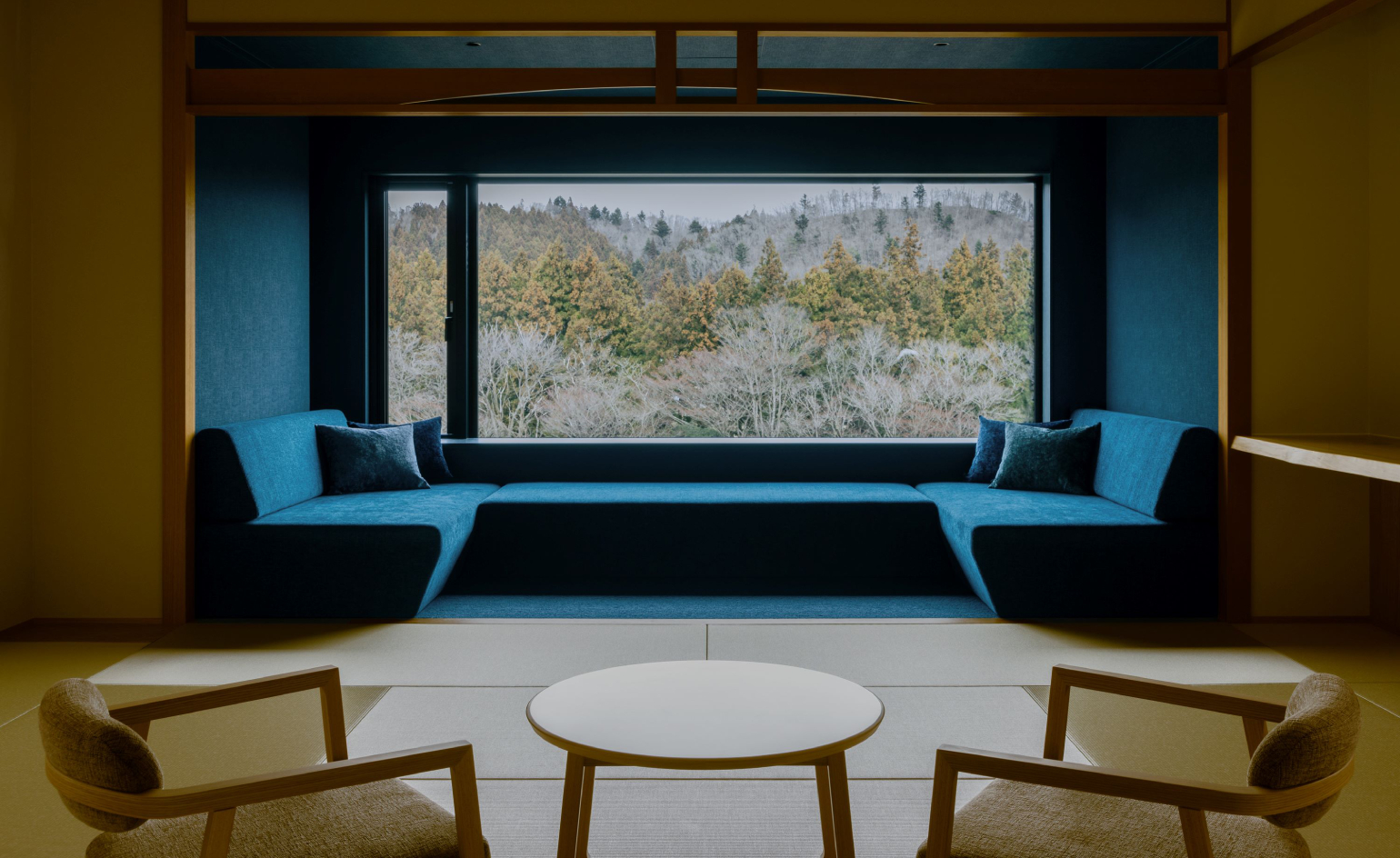 Wallpaper* checks in at Hoshino Resorts KAI Akiu: a soothing onsen hotel
Wallpaper* checks in at Hoshino Resorts KAI Akiu: a soothing onsen hotelIn Japan’s bucolic northeast, Hoshino Resorts KAI Akiu breathes new life into a sleepy hot spring village without betraying its ancient roots
By Eric Millman Published
-
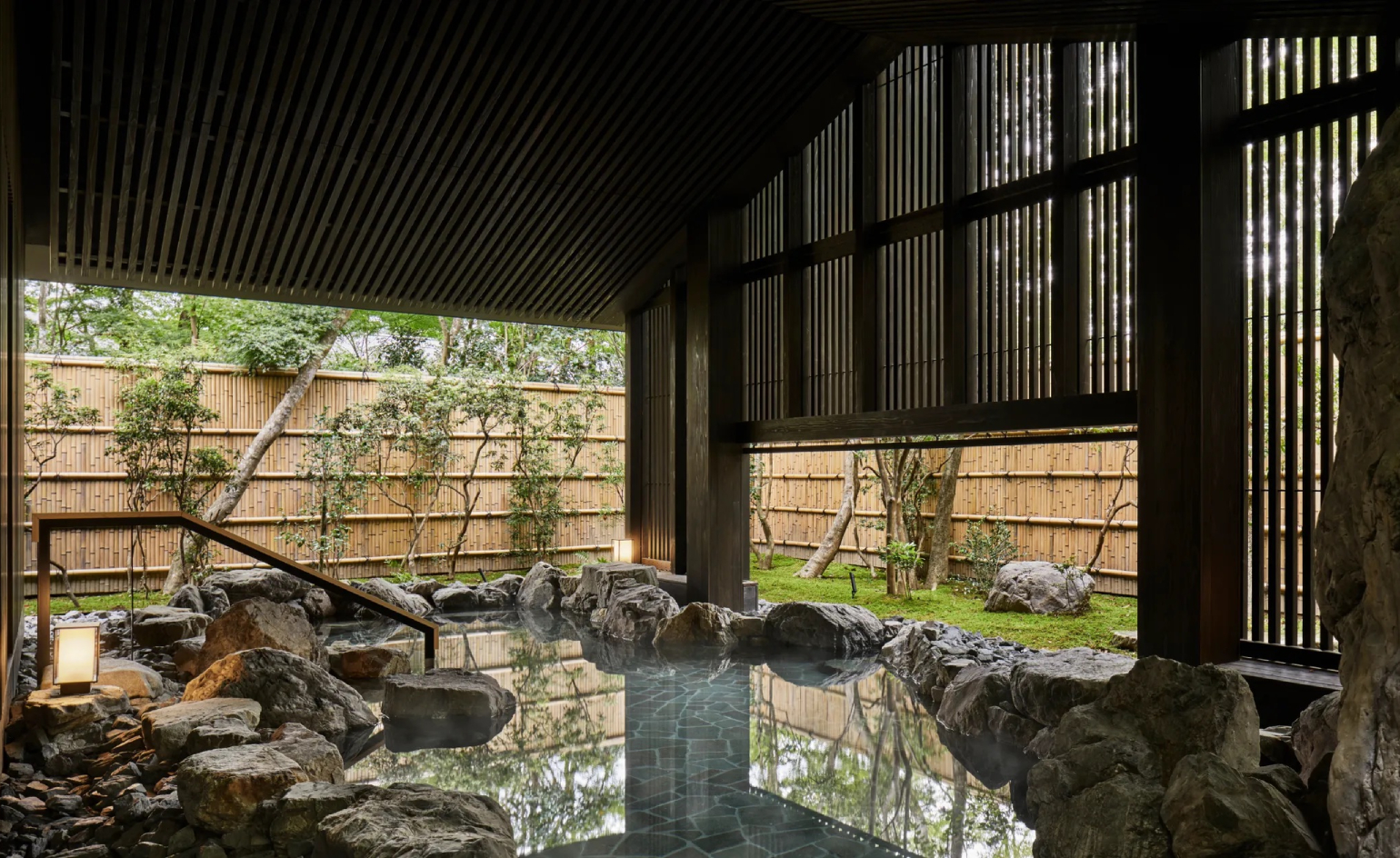 Shake off the winter chill at these design-led onsen hotels in Japan
Shake off the winter chill at these design-led onsen hotels in JapanWhether you’re heading to the mountains of Hokkaido or the alleys of Kyoto’s Gion district, these immaculately designed onsen hotels will keep the shivers at bay
By Jen Paolini Published
-
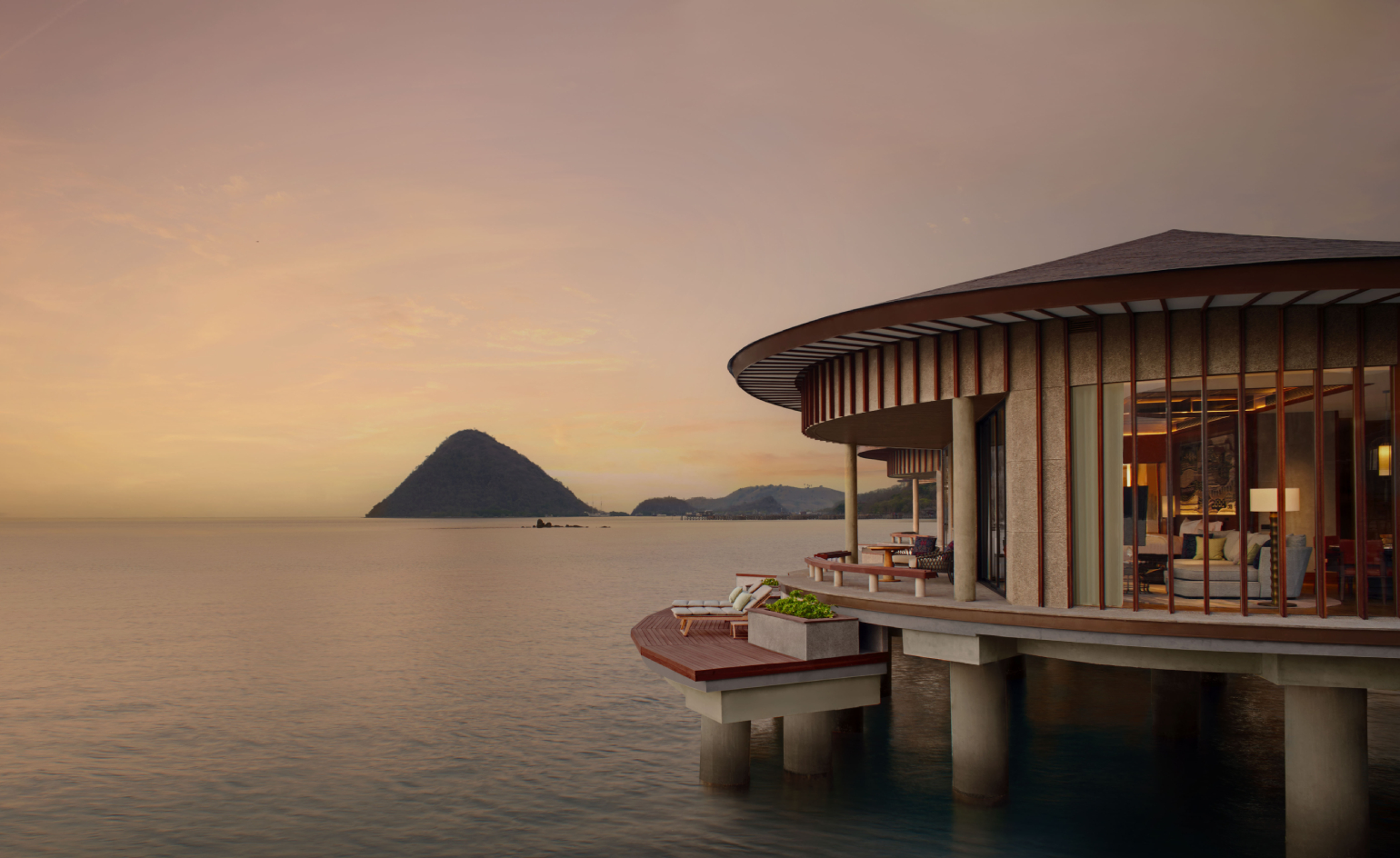 The new hotels you’ll want to stay at in 2025
The new hotels you’ll want to stay at in 2025Where to stay in 2025? Let six of the most-read-about hotel openings of the past 12 months inspire your escape – from a tiny Tokyo bolthole to a Tanzanian safari retreat
By Sofia de la Cruz Published
-
 2025 getaways: where Wallpaper* editors will be travelling to this year
2025 getaways: where Wallpaper* editors will be travelling to this yearFrom the Japanese art islands of Naoshima and Teshima to the Malaysian tropical paradise of Langkawi, here’s where Wallpaper* editors plan to travel to in 2025
By Sofia de la Cruz Published
-
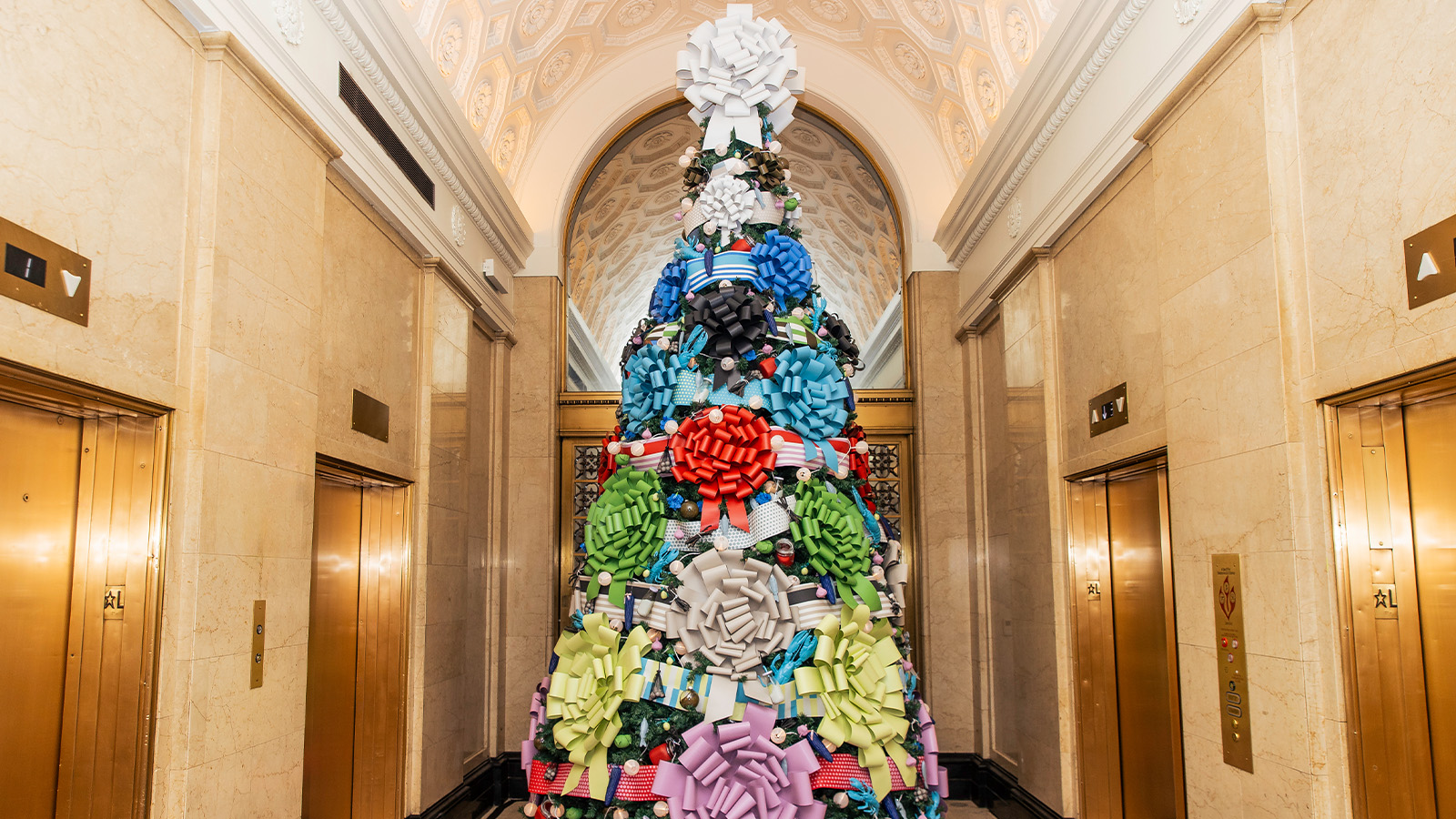 The most whimsical hotel Christmas trees around the world
The most whimsical hotel Christmas trees around the worldWe round up the best hotel Christmas tree collaborations of the year, from an abstract take in Madrid to a heritage-rooted installation in Amsterdam
By Tianna Williams Published
-
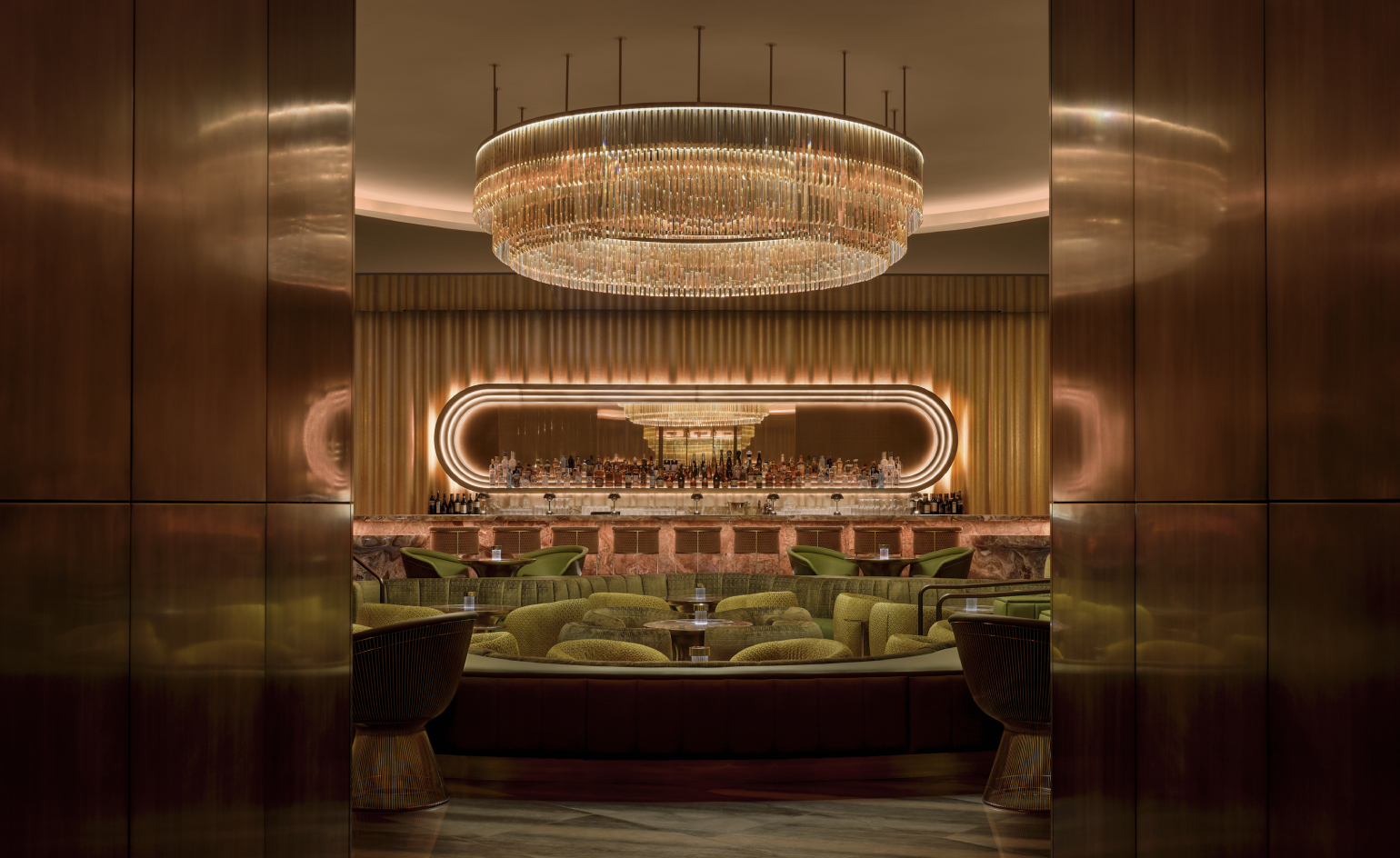 Six brilliant bars for your 2025 celebrations, hot off the Wallpaper* travel desk
Six brilliant bars for your 2025 celebrations, hot off the Wallpaper* travel deskWallpaper’s most-read bar reviews of the year can't be wrong: here’s inspiration for your festive and new year plans, from a swanky Las Vegas lounge to a minimalist London drinking den
By Sofia de la Cruz Published